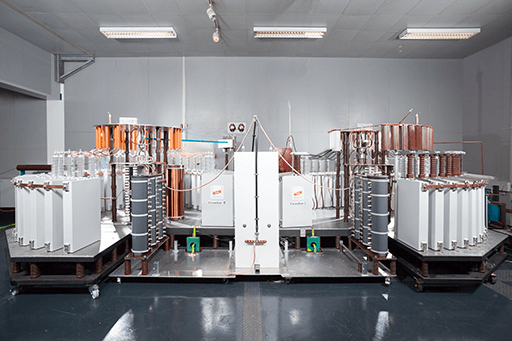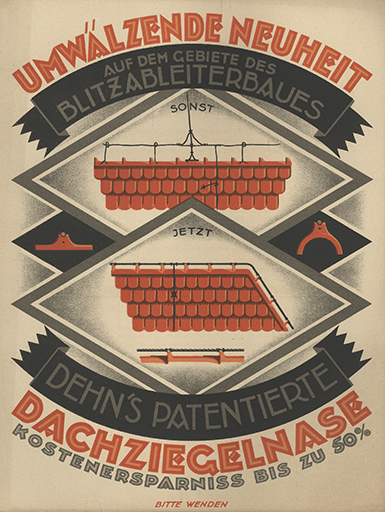Mother Nature has provided a lot of extreme weather recently. One of her most powerful and fearsome forces is lightning. Do you know which of the following statements about lightning are true and which are false?
- Lightning strikes the United States about 25 million times a year.
- Lightning doesn’t strike the same place twice.
- When it’s lightning, it’s better to be in the rain than to take shelter under a tree.
- It’s safe to touch a lightning victim and give them first aid.
If you picked statement two as false and the others as true, congratulations! According to the National Weather Service, lightning does often strike the same place repeatedly, especially if the object is tall, pointy, and isolated. For example, the Empire State Building in New York City is struck by lightning an average of 23 times a year. Hopefully, it is protected by equipment from DEHN, a global leader in surge protection, lightning protection/earthing, and safety equipment.
Protecting People, Buildings, and Systems

Since 1910, DEHN has protected the infrastructure throughout the world from the hazardous and costly effects of lightning by providing full turnkey lightning protection solutions including:
- Lightning Risk Assessment Analysis, Site Surveys, Education, and Technical Assistance
- Lightning Protection System Design (LPS)
- Lightning Rods/Earthing/Grounding Components and Materials
- LPS System Installation and Certification
- Surge Protection Devices (SPDs) and Installations
- Safety Equipment (Personal Protective Equipment products for enhanced worker safety and comfort)
In the United States, the company operates as DEHN, Inc. It is a wholly owned subsidiary of DEHN + Söhne, a fourth-generation family-owned business headquartered in Neumarkt, Germany. That company has 1,900 employees in 70 countries, including more than 120 employees in its research and development and quality management departments. It offers 4,000 products and components and holds more than 1,000 patents.
DEHN’s U.S. operations are headquartered in Fort Pierce, Florida, where it focuses on solutions for lightning and surge related problems as they apply to the North American market. DEHN takes pride in providing information about design, installation, lightning current values, materials, components, surge protection, and safety standards.
“Since the beginning, we have made it our mission to provide world class solutions to safeguard people, building installations, and systems against the devastating and costly effects of lightning,” said Mark Hendricks, Technical Director. “Companies depend on our solutions to ensure their facilities and assets run efficiently and without fail—protecting people, equipment, and the critical services they provide to the public and their industries. When DEHN protection resources are included in work scopes, specifications, and checklists, a higher level of quality assurance and value-engineering is met for maximum building resilience.”

DEHN partners with the Lightning Protection Institute (LPI) as an approved Class I Manufacturer Company and board member, helping to advance the art and science of proven and effective lightning protection in the U.S.
“We focus on providing reliable protection and put our pioneering spirit and innovative ideas to work every day to do that,” Steven Weber, Sr. Engineer said. “We recently offered an interactive session about lightning safety and the principles of protection as well as an online seminar about how to protect electric vehicles against lightning at charging stations.”
Two Words, One Promise
DEHN’s marketing slogan is “DEHN protects. Two words, one promise.” It aptly demonstrates the powerful commitment and protection the company’s products provide via its extensive line of lightning and surge protection products for low and medium voltage AC and DC power systems, automation and control circuits, RF antennas, coax cable, ethernet, telephone and many more. Its specialty products address industry specific applications in wind energy, photovoltaic, and solar power systems.
AutomationDirect sells DEHN surge protection devices (SPDs) for power and control applications. The SPDs are known for their safety and user-friendliness. They are designed for all common electrical power system configurations and are ideal for use in U.S. and Canadian electrical panel applications. AutomationDirect also sells DEHN surge arresters that mount directly onto a field device.
DEHN’s SPD products are primarily of a modular DIN rail mounted design and can manage the effects of lightning current energy (10/350 µsec) and surge current (8/20 µsec) discharges. Its transient voltage surge suppressors are designed for application on various conductor configured systems including single and paired conductors, coaxial, and for protocols such as 4-20 mA loop, Ethernet, CAT 6, RS 485 and 232, Fieldbus Foundation, and many others.
DEHN takes its protection promise seriously. Its U.S. products are manufactured under the rigorous ISO 9001 Quality Management System and ISO 14001 Environmental Protection Systems standards. In addition, the company contributes to advances in surge protective device technology through research and development activities and participation in technical organizations throughout the world.
“Our philosophy is to use best practices from the IEC and our experience globally and apply them to the USA IEEE and NEC standards,” Mark Hendricks said. “By combining the best technologies and processes from international and domestic markets, we assure customers that they will receive the most comprehensive solution tailored to their specific application.”
Customers in many industries rely on DEHN’s lightning and surge protection. These include commercial, communications, energy, electronics, industrial, hospitality, infrastructure, medical, security, and defense markets, in which DEHN products and solutions are used in wastewater, energy, oil and gas, solar, and industrial applications.
Testing, Research, and Development
DEHN continually looks for ways to improve and develop new products and technologies that can increase the integrity and reliability of modern electrical and communication systems. These systems are more complex regarding their electrical loads, including process control, computer and telecommunication systems, solid state controllers, and relays. They require quality lightning and surge protection to work properly and safely.
“We have highly specialized laboratories where we simulate the parameters of lightning effects,” Steven Weber said. “Having this capability allows us to test and analyze all the installations and systems we offer and assess their safety and protection.”
For customers, DEHN offers a variety of engineering and test services in the laboratories, including:
- Testing components of external lightning protection systems, conductors, and earth electrodes
- System tests for various components within wind turbines, photovoltaic systems, and mobile radio stations
- Lightning current tests for electrical and electronic systems as low-voltage distribution boards
- Testing of lightning current and surge arresters
“These tests let us advise a customer if their current electrical installation is capable of carrying impulse currents and whether adjustments need to be made,” Herbert Kraemer said. “We perform all our tests within national and international systems.”
In addition, DEHN offers laboratory tests for wind turbine components and railway systems and equipment. These tests can help companies in these industries Increase the availability of their systems and installations, even in extreme conditions, and considerably improve the operators’ competitiveness.
Future Focus
A household brand in Europe, DEHN is working closely with its US partners, including LPI and NFPA, to expand DEHN in the US. Focusing largely on infrastructure and energy markets, including power utilities, Emobility applications and large municipal projects, DEHN is expanding its engineering and turnkey lightning protection systems to address the rapidly growing demand in the US.
Given its focus on the future, DEHN is well-positioned to continue protecting people, buildings, and systems for the next 110 years.

